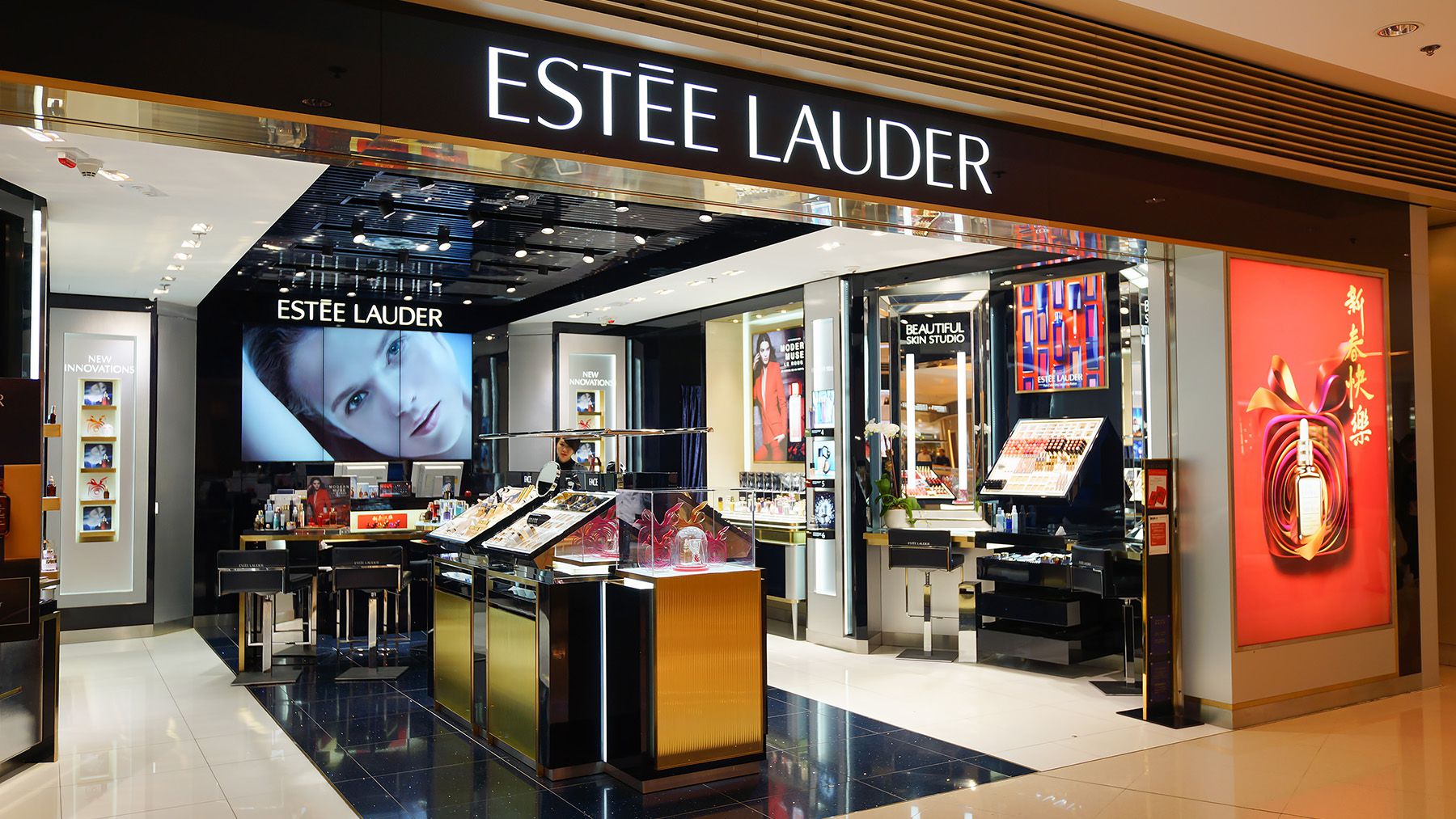
Estée Lauder Cos.’ already-battered shares plummeted still more after the beauty giant slashed its full-year outlook on troubles in China and the Middle East, dragging down its peers on fears of a broader slowdown.
The owner of the MAC and Tom Ford brands has been floundering in its crucial travel retail business in Asia due to weaker-than-expected demand. The continued weakness in that channel, as well as the added drag from the Israel-Hamas war, show the beauty company has failed once again to get its footing, meaning it is likely to keep ceding market share to L’Oréal SA.
For the current fiscal year, Estée Lauder expects net sales in a range of a decrease of 2 percent to an increase of 1 percent versus the prior year and earnings of $2.08 to $2.35 a share. In August, it had forecast net sales to increase between 5 percent to 7 percent and saw earnings of $3.43 to $3.70 a share.
Estée Lauder said net sales in the most recent quarter fell 10 percent, in line with the downbeat outlook the company forecast in August. It said a cybersecurity incident in July hit first-quarter earnings by 8 cents, slightly more than anticipated.
“While we had a better-than-expected first quarter, we are lowering our fiscal 2024 outlook given incremental external headwinds, namely from the slower growth in overall prestige beauty in Asia travel retail and in mainland China,” chief executive officer Fabrizio Freda said in a statement.
Shares dropped as much as 16 percent in pre-market trading on Wednesday in New York. If the decline in pre-market trading holds, the stock is set to hit the lowest level since October 2017. The stock has fallen 48 percent for this year through Tuesday. The S&P 500 consumer staples index is down 7.9 percent for 2023 so far.
Shares of rival Coty Inc. fell 2.2 percent in pre-market trading in New York, and L’Oréal was down 0.8 percent in Paris.
For the current quarter, the company now expects net sales to decrease between 9 percent to 11 percent in the current quarter versus a year ago and sees diluted net earnings between 47 cents and 57 cents a share. The potential risks from disruption in Israel and the Middle East are expected to have a dilutive impact of 8 cents. The company doesn’t break out what portion of revenue it generates in the region.
Estée Lauder said it plans to accelerate and expand a profit recovery plan in order to rebuild its profit margins in fiscal years 2025 and 2026. The company said it expects to drive $800 million to $1 billion of incremental operating profit through the initiatives under this plan, without providing many details.
Estée Lauder’s quarterly results are in contrast to competitor L’Oréal, which said late last month that sales were up 4.5 percent in the three months that ended on September 30. While the French beauty giant has also been hit by the slowdown in duty-free sales in China and South Korea, the business represents a much smaller portion of its revenue versus Estée Lauder.
Also, L’Oréal sells more mass-market items through its brands including Maybelline New York and L’Oréal Paris. Those products have sold more briskly than items from its more expensive brands as inflation-weary consumers have become pickier. Estée Lauder, meanwhile, sells more higher-end products. The company on Wednesday cited the “slower-than-expected recovery of overall prestige beauty.”
By Jeannette Neumann
Learn more:
Leonard Lauder Steps Down From Estée Lauder Board of Directors
The 90-year-old joined the company in 1958 and has held several C-suite positions.


